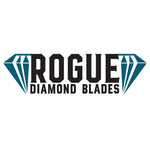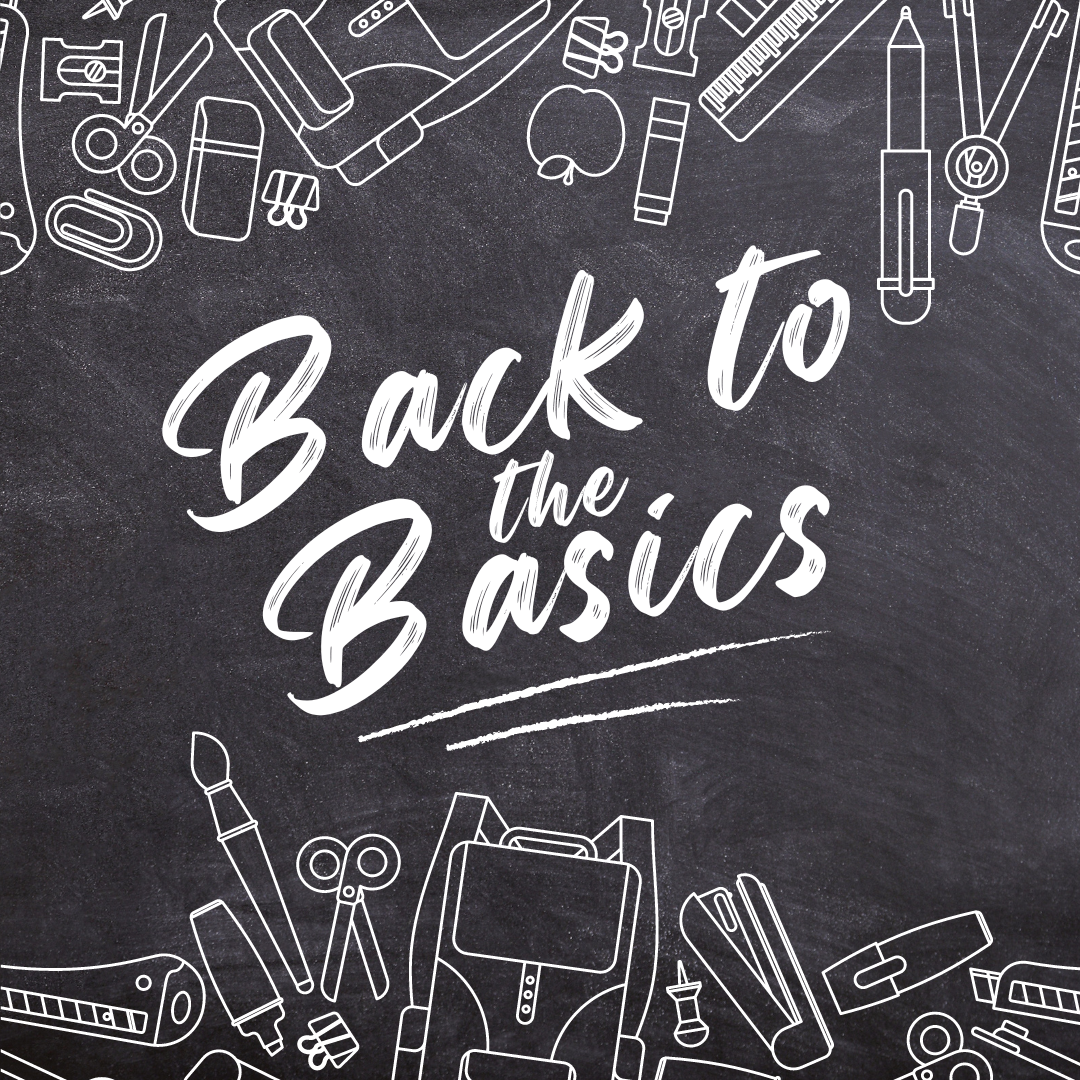Diamond blades are specialized tools used for cutting hard and abrasive materials. Understanding the basics of diamond blades involves knowing about their composition, types, and applications. Here’s an overview:
Composition
- Core: The core is typically a circular, flat steel disc that provides the structural integrity of the blade.
- Diamond Segments: These segments contain synthetic diamond crystals embedded in a metal matrix. The segments are attached to the perimeter of the core.
- Bonding: The metal matrix holds the diamonds in place and wears away gradually to expose fresh diamonds, ensuring continuous cutting efficiency.
Types of Diamond Blades
1. Segmented Blades:
- Feature individual segments separated by gullets (spaces).
- Ideal for dry cutting and used for aggressive cutting of materials like concrete, brick, and masonry.
- Good for fast, rough cuts with efficient cooling due to airflow.
2. Continuous Rim Blades:
- Have a continuous edge without segments.
- Best for wet cutting to minimize dust and overheating.
- Provide smooth, chip-free cuts, making them suitable for materials like tile, porcelain, and glass.
3. Turbo Blades:
- Have a continuous rim with serrated edges.
- Offer a balance between segmented and continuous rim blades.
- Suitable for both wet and dry cutting, providing faster cuts than continuous rim blades while maintaining a smoother finish than segmented blades.
Applications
- Construction: Cutting concrete, asphalt, bricks, and building stones.
- Tile and Stone Work: Cutting ceramic tiles, marble, granite, and other decorative stones.
- Demolition: Cutting through reinforced concrete and other tough materials.
Cutting Methods
- Wet Cutting:
- Uses water to cool the blade and material, reducing heat and dust.
- Extends the blade's life and improves cutting performance.
- Common in construction and tile cutting.
- Dry Cutting:
- Does not use water; instead, relies on air to cool the blade.
- Typically involves blades with segmented rims for better airflow.
- Suitable for quick, shallow cuts where water supply is not feasible.
Safety and Usage Tips
- Proper Mounting: Ensure the blade is securely mounted on the tool and is compatible with the equipment's specifications.
- Correct Speed: Operate the blade at the recommended speed to prevent damage and ensure efficiency.
- Cooling: Use appropriate cooling methods (water for wet cutting or air for dry cutting) to extend the blade's lifespan.
- Protective Gear: Always wear protective gear, including goggles, gloves, and a dust mask, to protect against debris and dust.
Understanding these basics will help you choose the right diamond blade for your specific cutting needs and ensure safe and effective usage.

